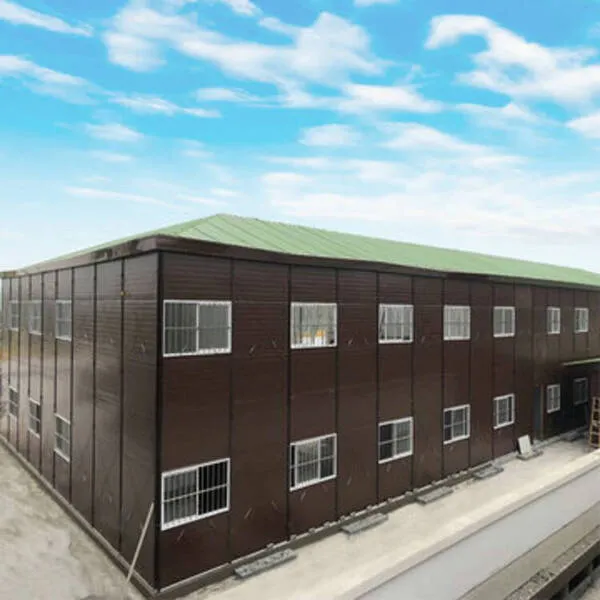Looking for a Container Home?
Published: 26/11/2021 | Views: 452
A prefabricated house is a home that is built in advance, off-site, in standard sections. This allows the pieces to be shipped to the site and assembled on the spot. Because the sections are already sized and designed, they can be easily shipped. Then, they are assembled on site. A prefab home can be purchased as a complete package, ready to move in to when it is time to move. But there are downsides.
One of the most significant drawbacks of buying a prefab home is delivery. Although the process can be shortened dramatically, there are a lot of variables that need to be considered. The most difficult part is determining how much to spend on the different parts, which are 60 feet long and 16 feet wide. In addition, determining the final cost can be tricky, since the amount depends on the size of the pieces. When the pieces are delivered, they must navigate power lines and trees.

Another disadvantage of prefab houses is that they can be adapted to different climates. This means that they can be used anywhere, including cold regions. Because they are more efficient and less expensive to build, many people opt to buy them. But a prefab home should be a last resort if you have a tight budget. It will be a lot more expensive than building a home from scratch, and it may be difficult to get the perfect design.
Prefab houses are much faster to build than traditional houses. Because they are made of prefabricated components, they can be completed much sooner than a traditional house. Traditionally, you would have to wait several weeks for a house to be constructed. The weather, delays in deliveries, and other factors can all extend the timeframe considerably. In contrast, a prefab house is designed and built in one piece. It's as easy as that!
In terms of cost, a prefab home is cheaper than a regular home. However, it lacks in strength and stability, which can be a concern in times of natural disasters. Besides, a prefab house can be built more quickly than a conventional home, meaning less time and money for the homeowner. A prefab home also reduces the environmental impact of a house. A prefab house is therefore a great option for many people.
Another benefit of a prefab house is its durability. Unlike a traditional home, a prefab home can be moved from one place to another. As a result, it has the added advantage of being less susceptible to damage. If the owner decides to move to a different city, they can simply demolish the entire structure. In addition, a prefab house is much more affordable than a stick-built home.
Because it is manufactured off-site, a prefab house can be transported from one location to another. While a traditional home requires a large down payment, a prefab home can be shipped to any state of the U.S. and abroad. The company offers financing and can even ship to many international locations. Moreover, a prefab house can be installed anywhere in the world, and it can be placed in a location that is not ideal for construction.
Although a prefab home is a good alternative to a stick-built home, the biggest disadvantage is that it cannot be built anywhere. Land and transportation of a prefab house can be expensive, and it may not be possible to build a home on a site without the proper permits. Hence, the advantages of a prefab house are its speed and durability. Its price can be more affordable than a stick-built one, but it may not appreciate as much as a stick-built one.
There are a few disadvantages of the prefab method. For one, it is not environmentally friendly. Depending on the area, the cost of a prefab home may not be lower than a traditional built home. It may not be eco-friendly, but it is still cheaper and safer than a standard home. Despite these disadvantages, it is still a great alternative to traditional building. You can save a lot of money on the costs and can upgrade the home if you want to.
We are Manufacturers
Tell us more about your project